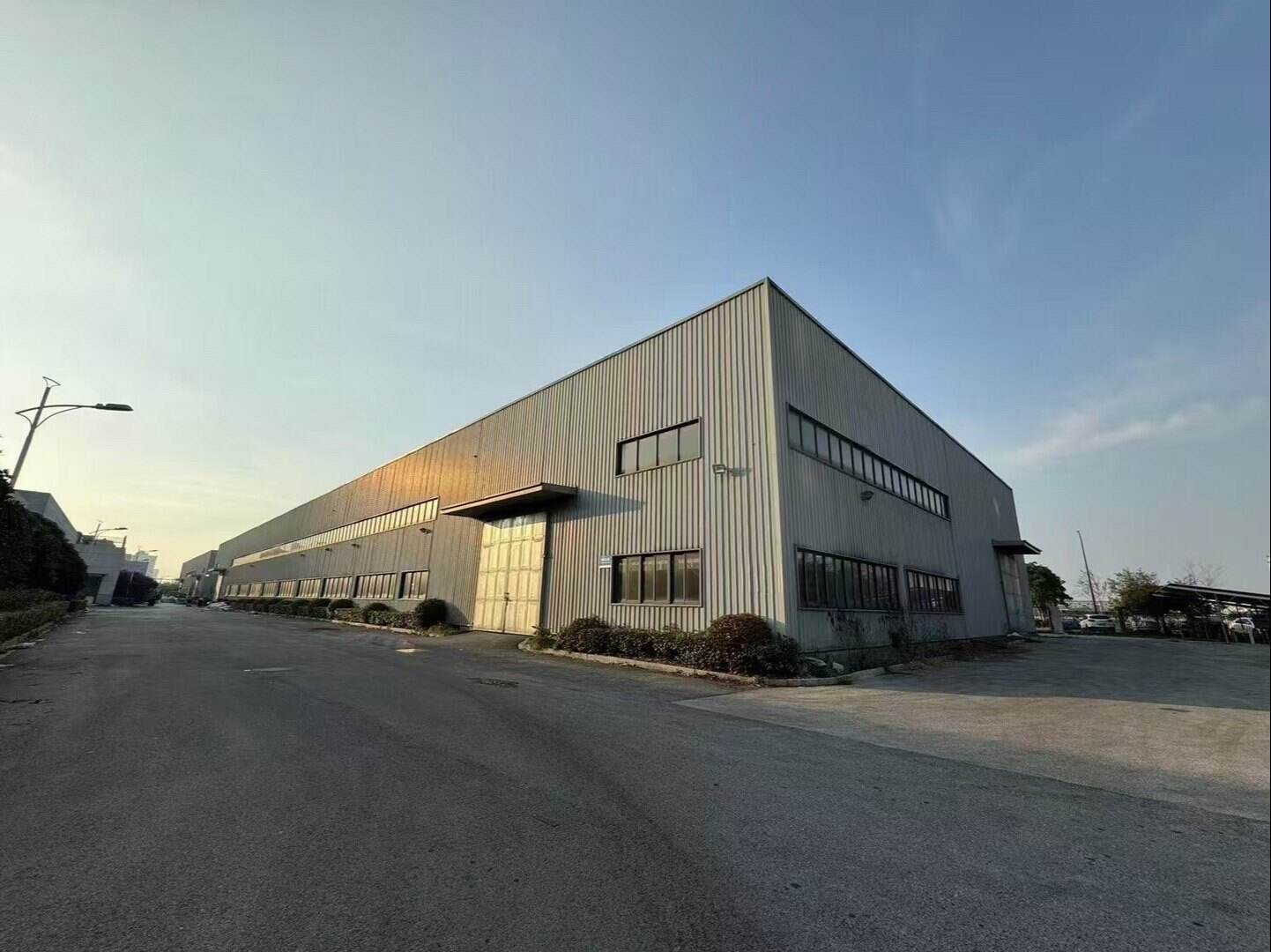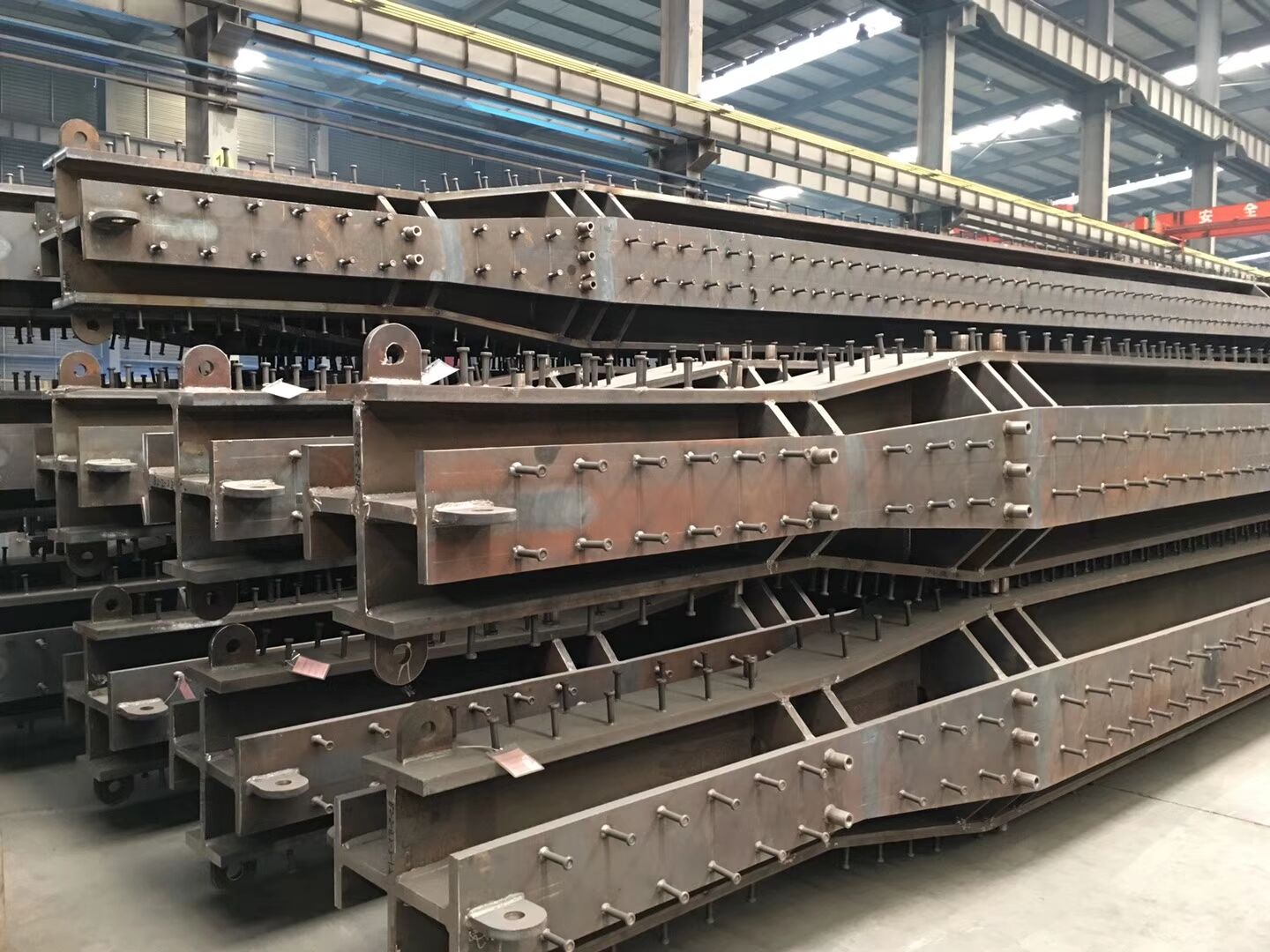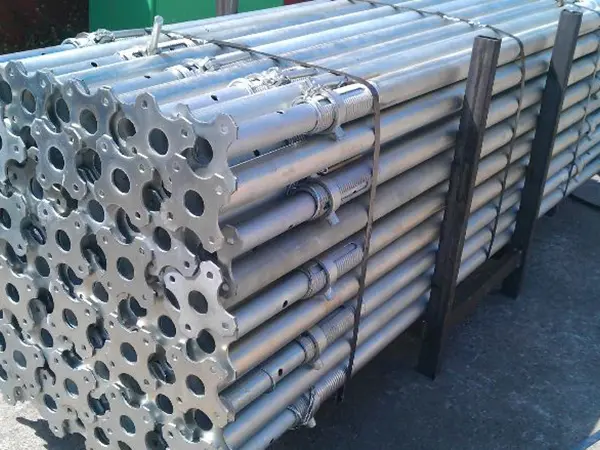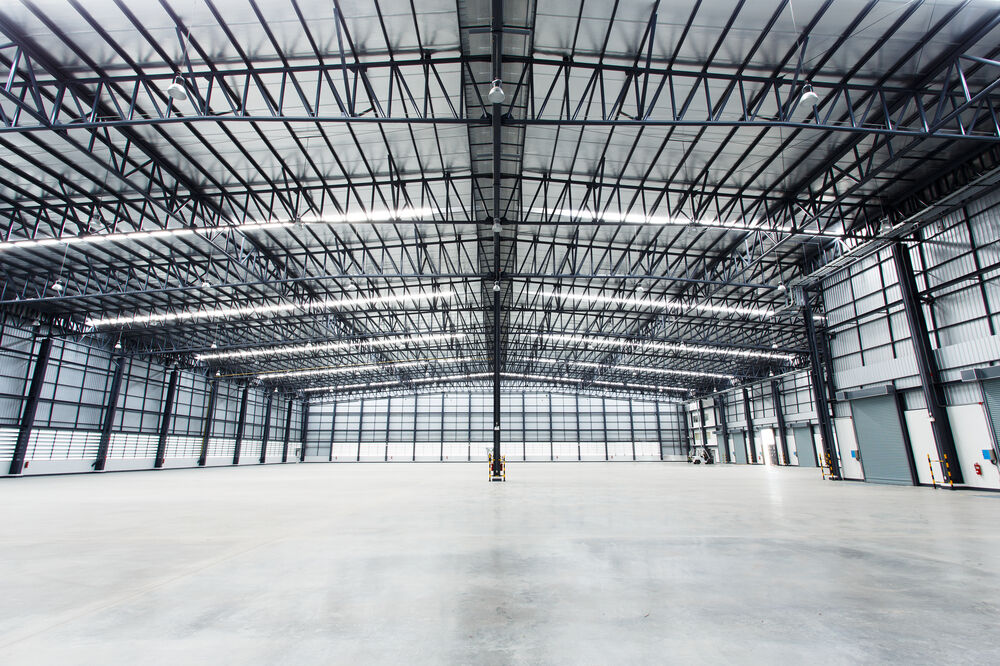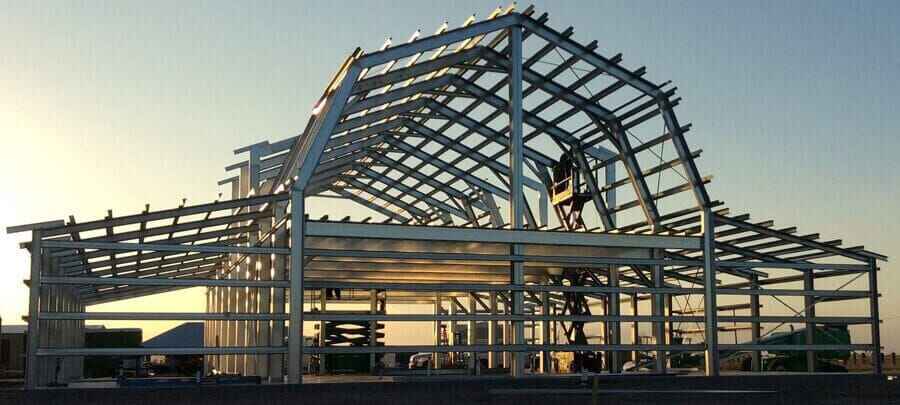space frames
Space frames represent a revolutionary advancement in structural engineering, combining lightweight design with exceptional strength and versatility. These three-dimensional truss systems consist of interconnected struts and nodes that distribute loads effectively across the entire structure. The geometric arrangement of members creates a rigid, self-supporting framework that can span large distances without intermediate supports. Modern space frames typically utilize aluminum, steel, or composite materials, offering optimal strength-to-weight ratios. The modular nature of space frames allows for quick assembly and modification, making them particularly valuable in both temporary and permanent construction projects. They excel in applications requiring column-free spaces, such as exhibition halls, sports facilities, and airport terminals. The design flexibility enables architects to create complex curved surfaces and unique architectural expressions while maintaining structural integrity. Advanced computer-aided design and manufacturing processes ensure precise fabrication of components, resulting in efficient assembly and reliable performance. Space frames also accommodate various cladding materials and can integrate mechanical systems, lighting, and other building services within their depth.





